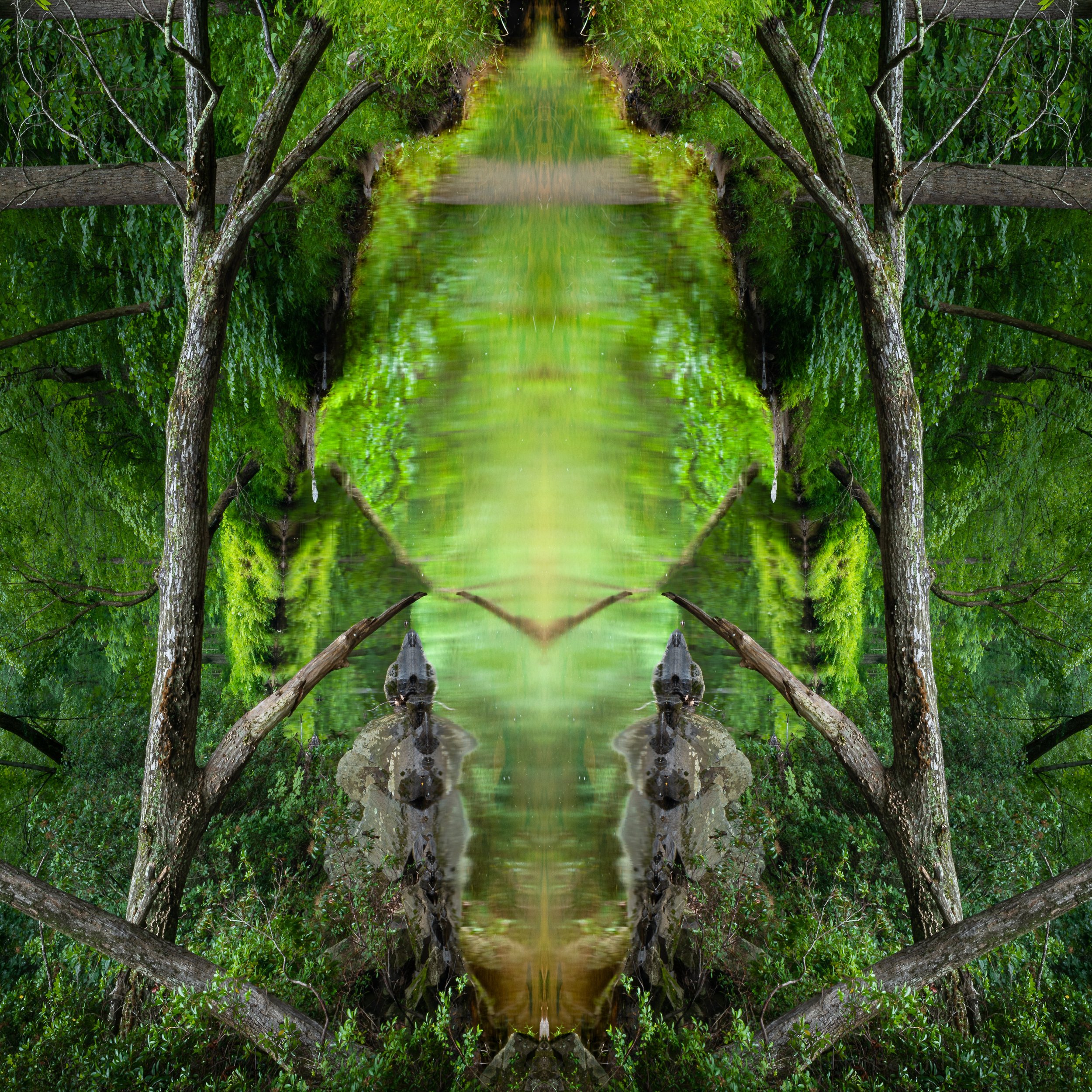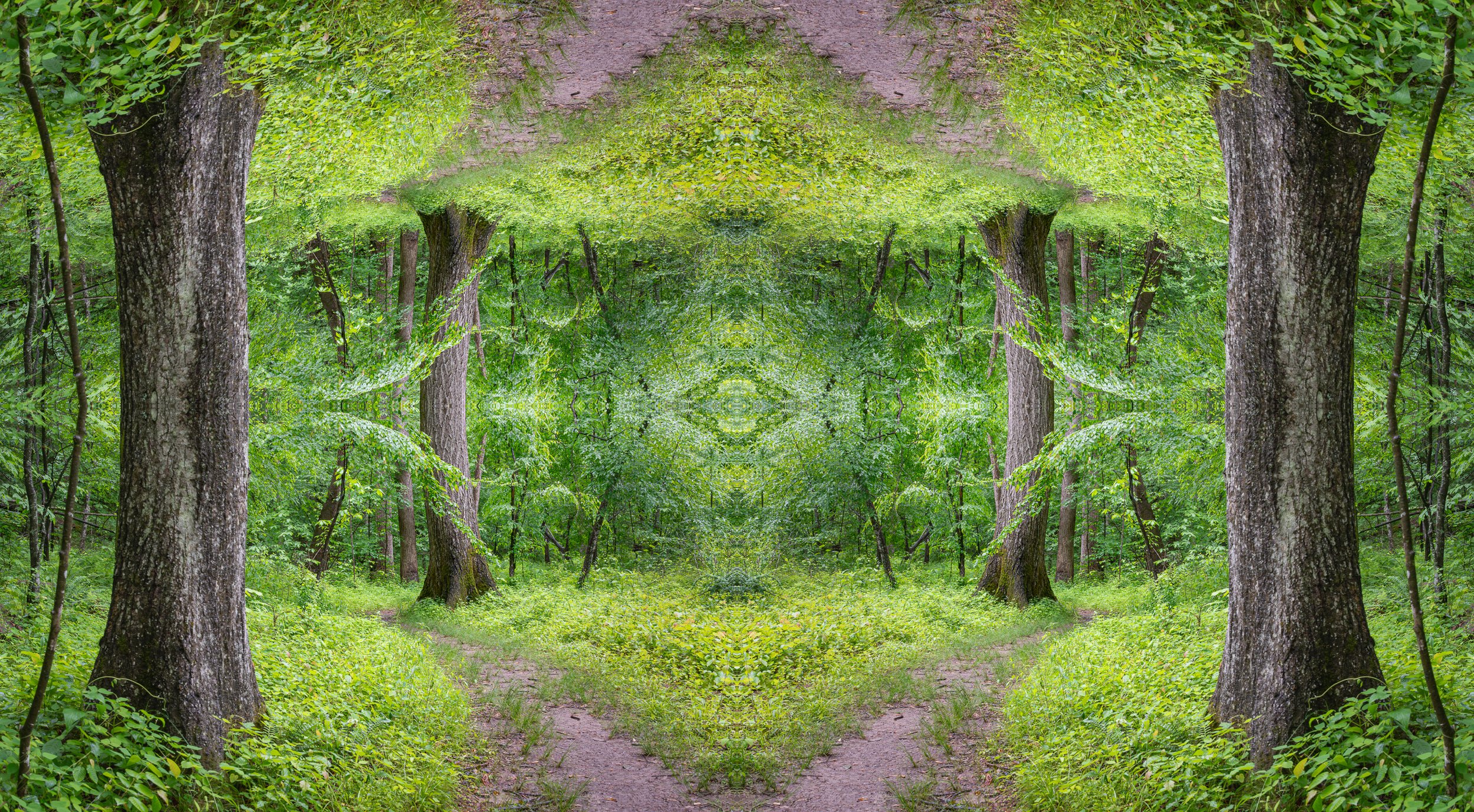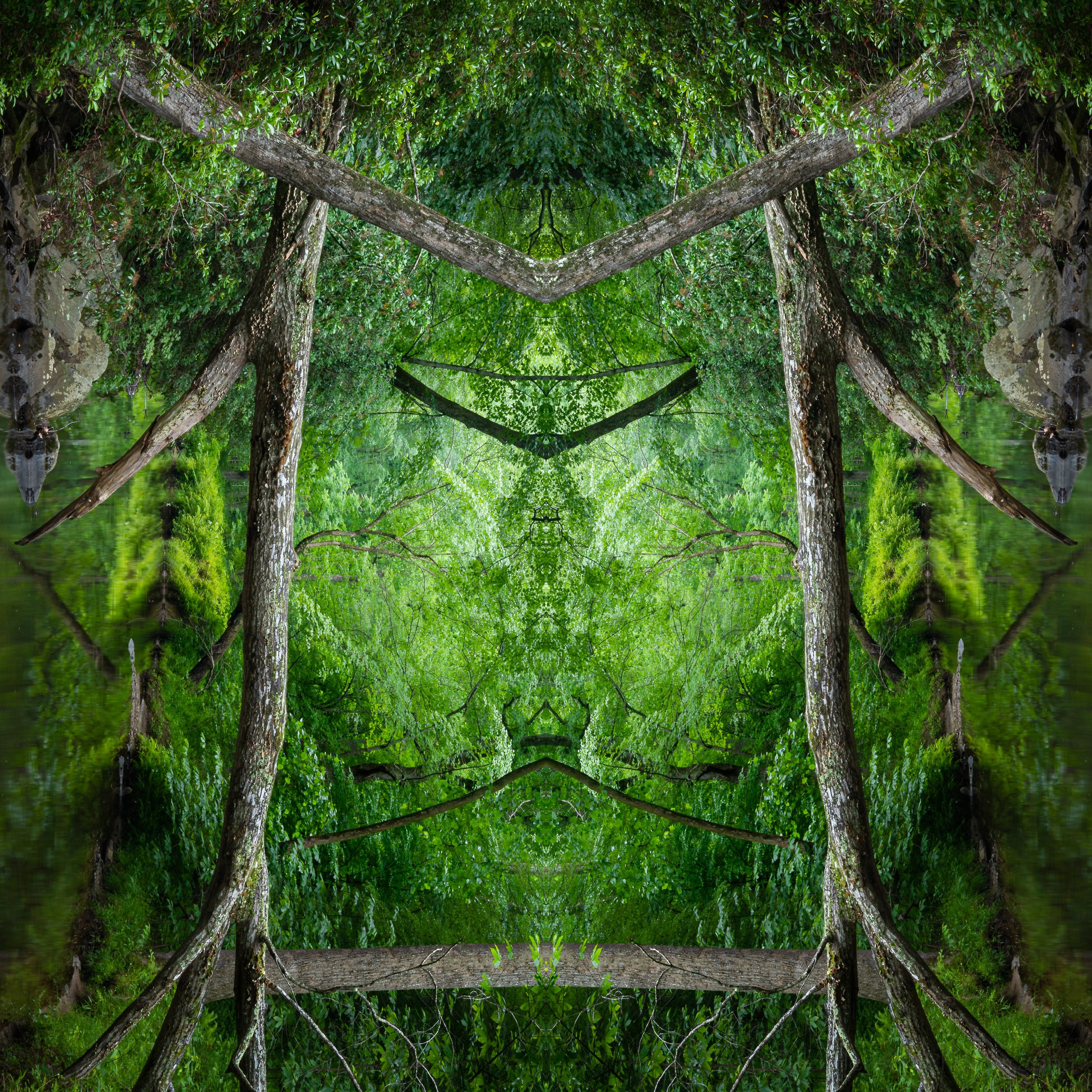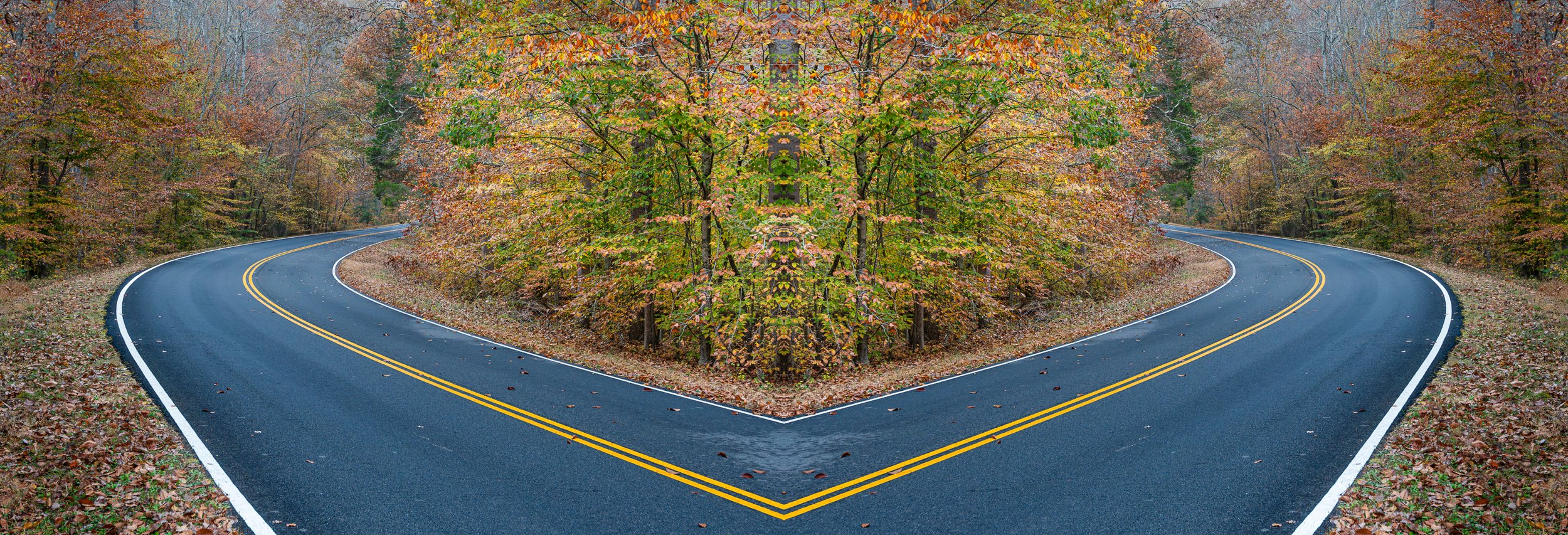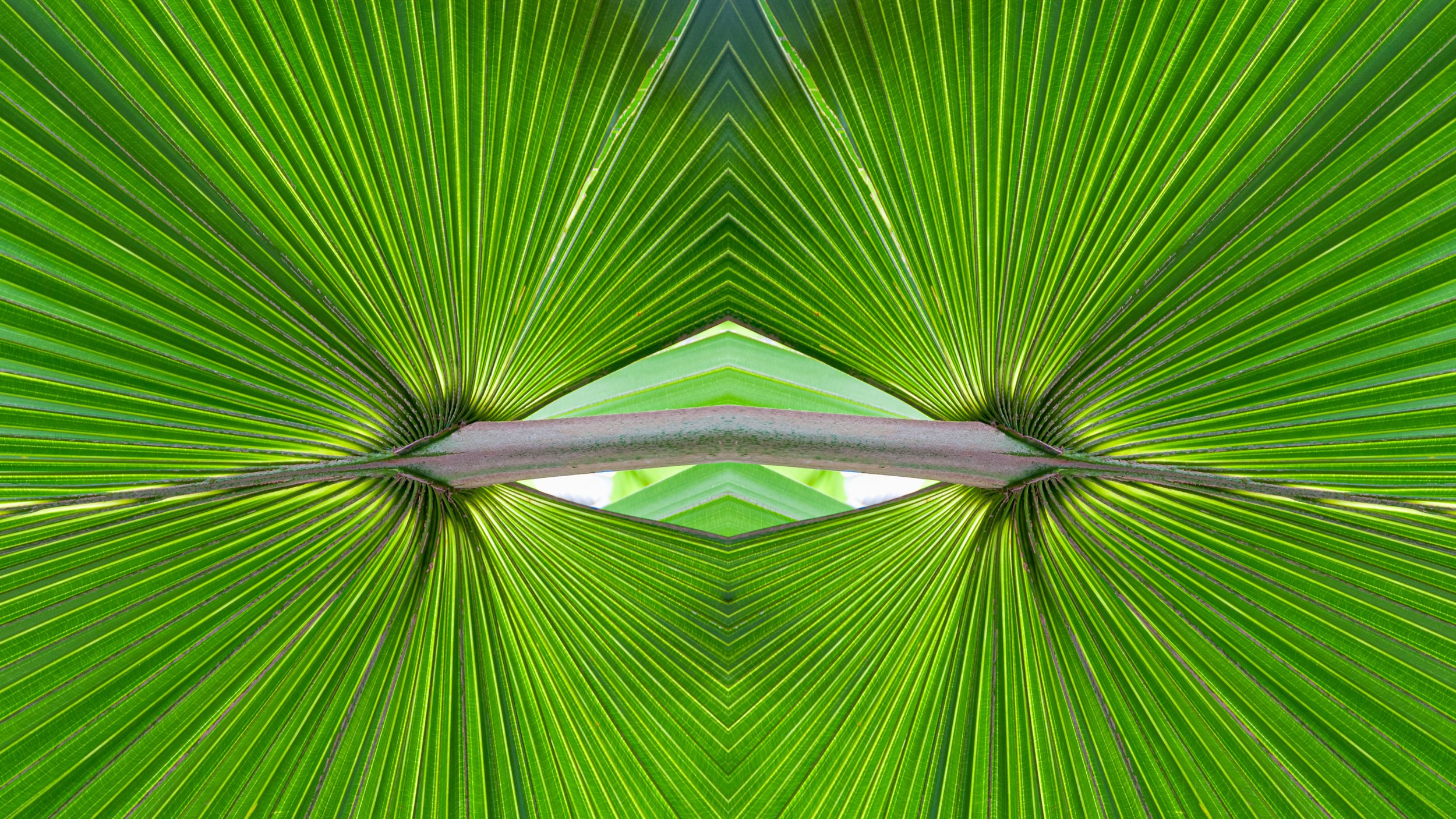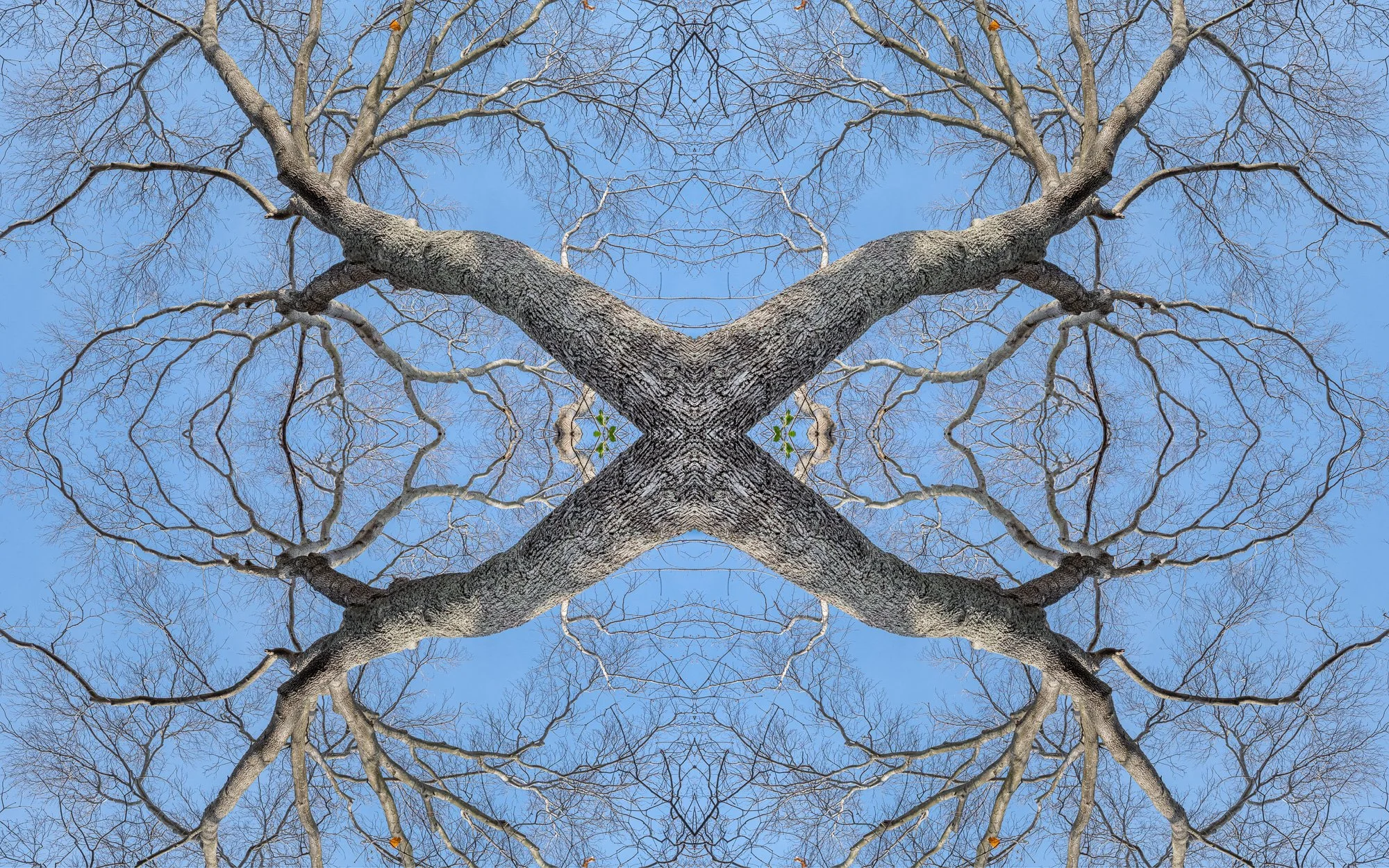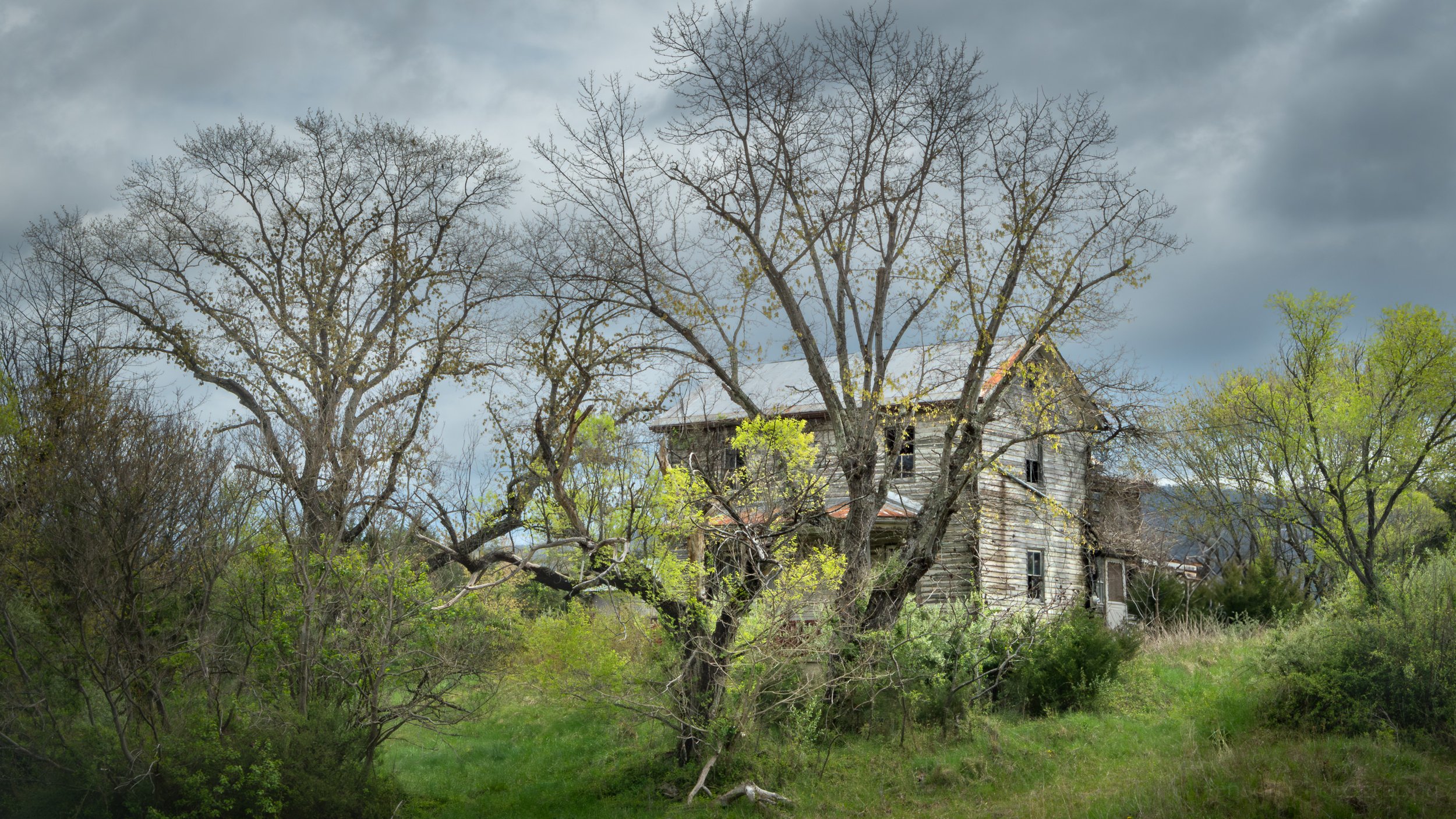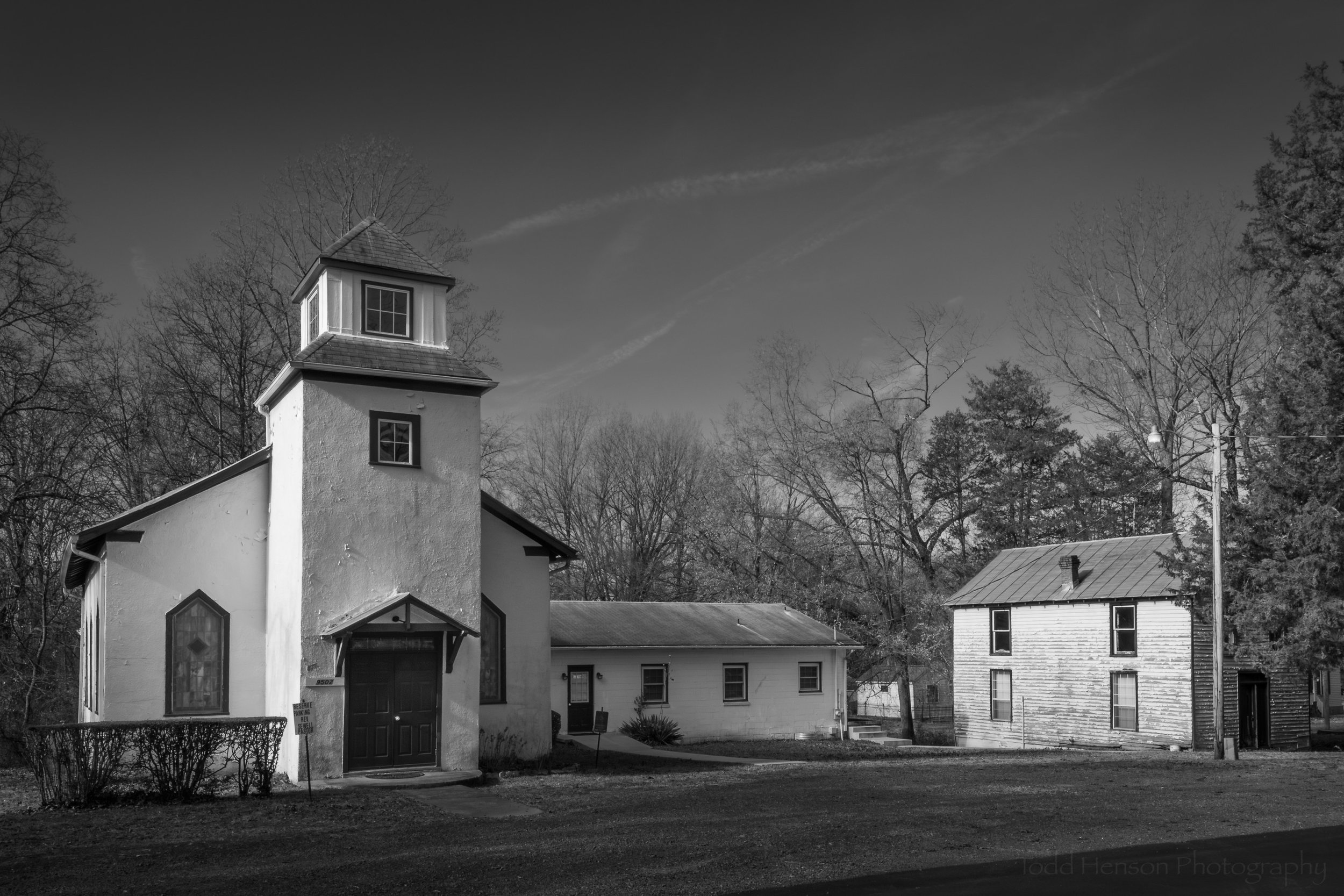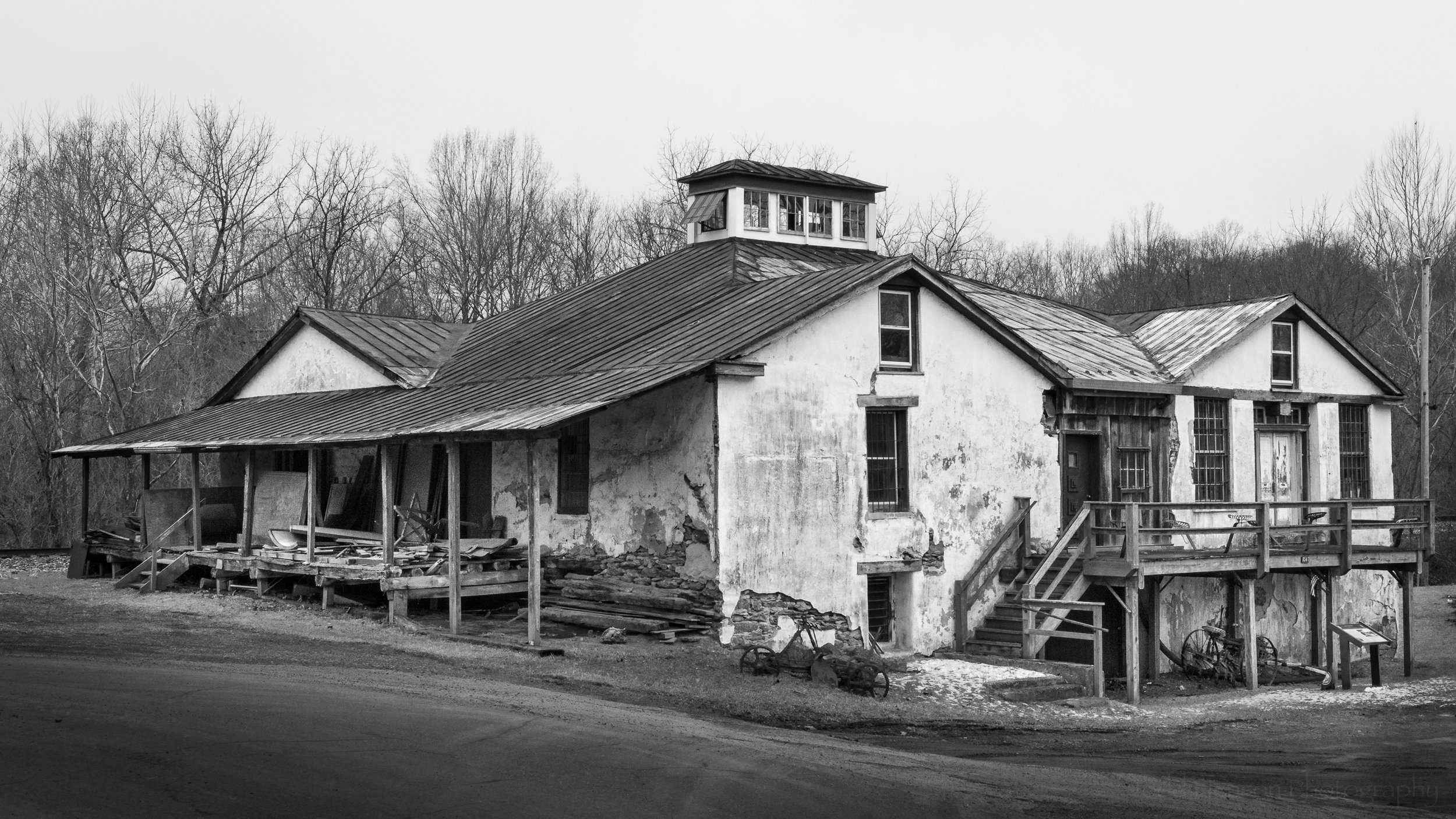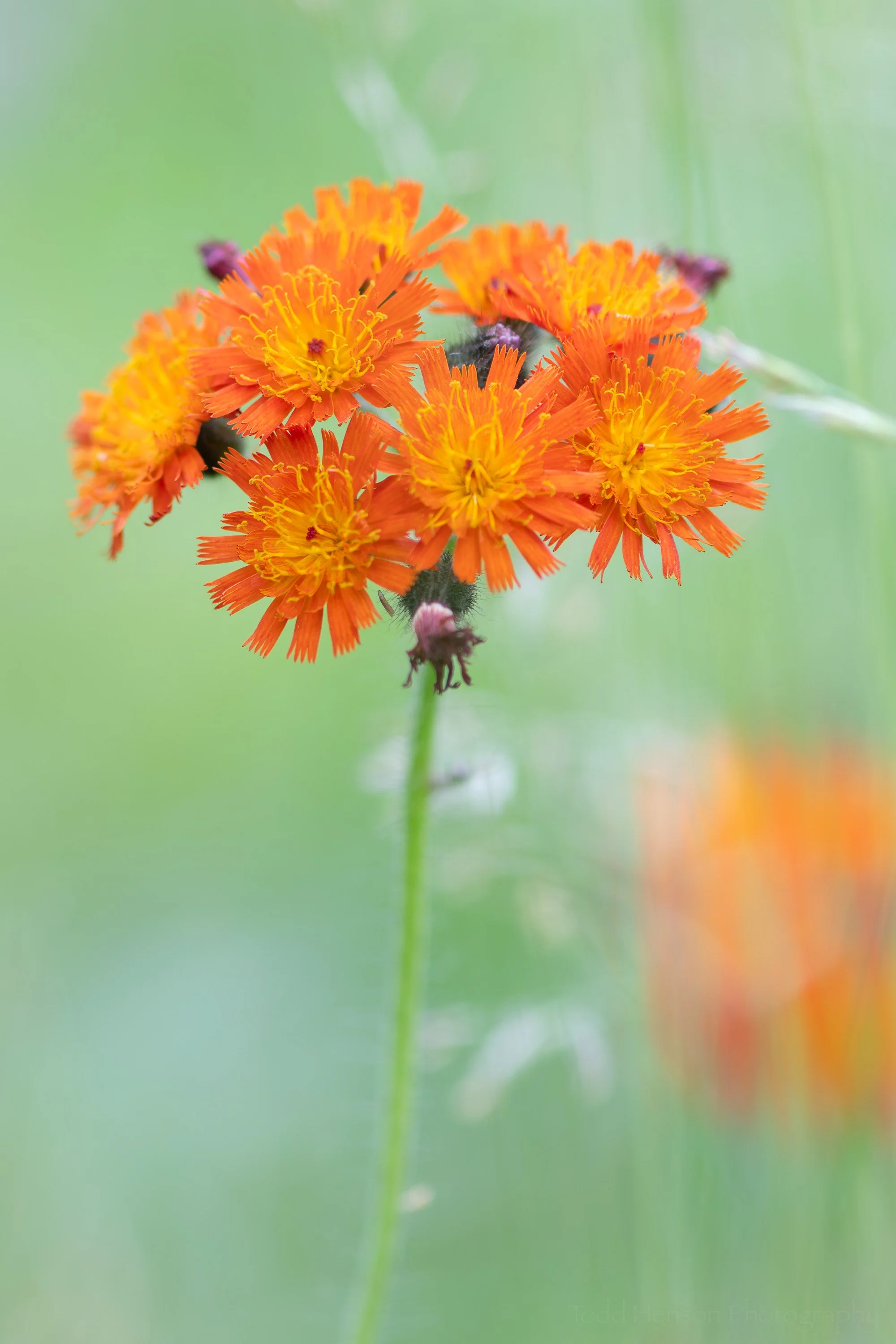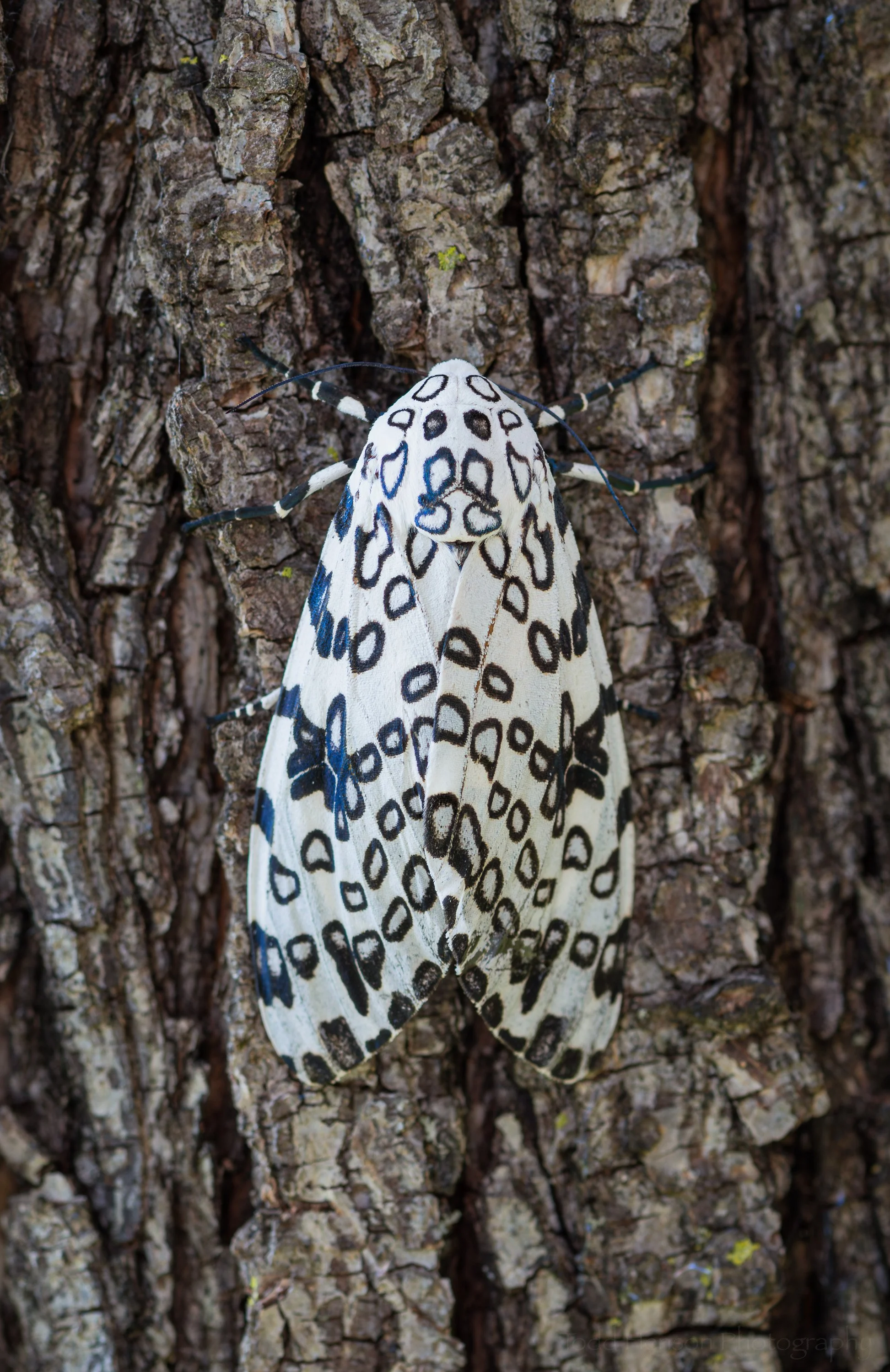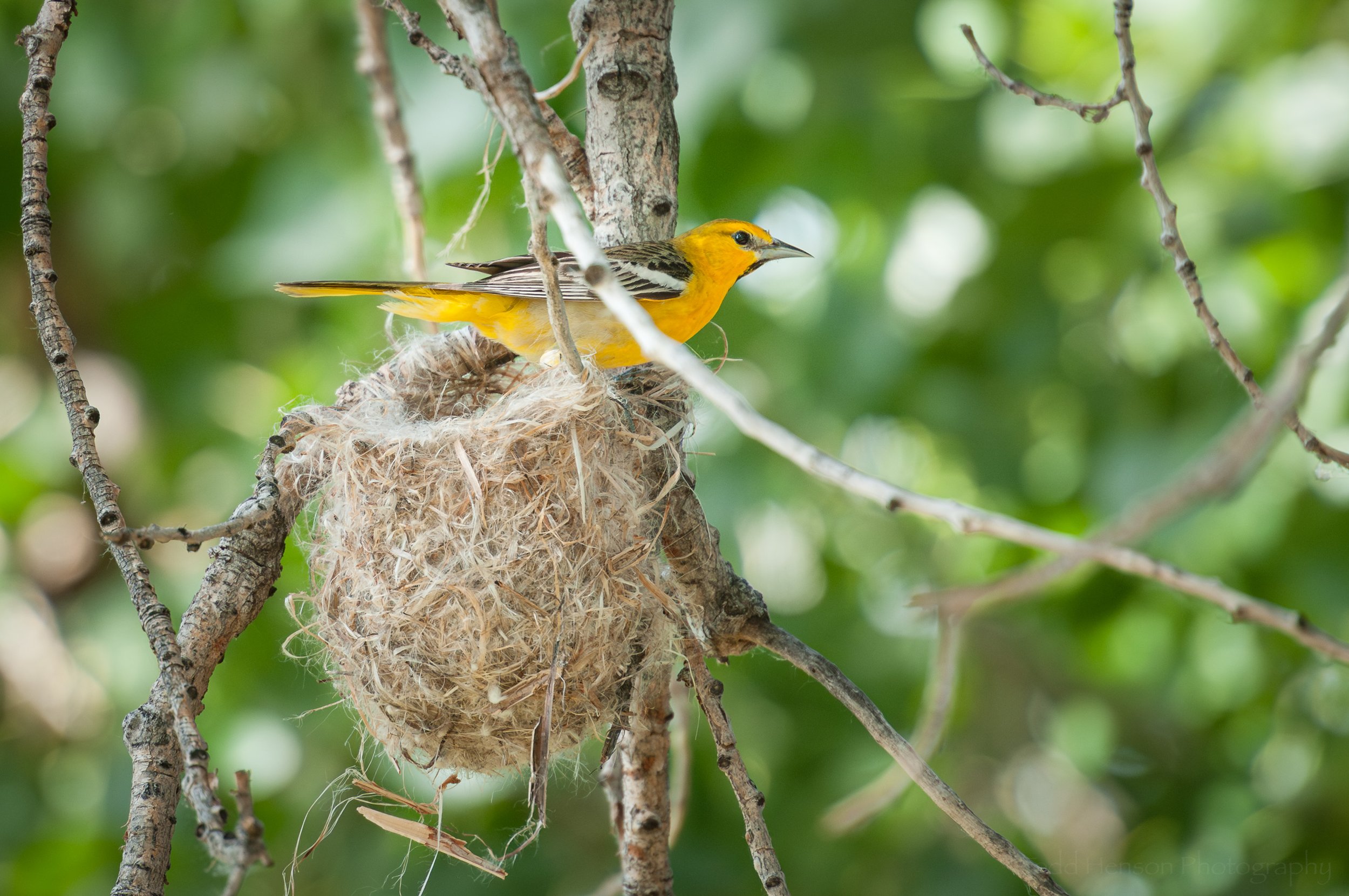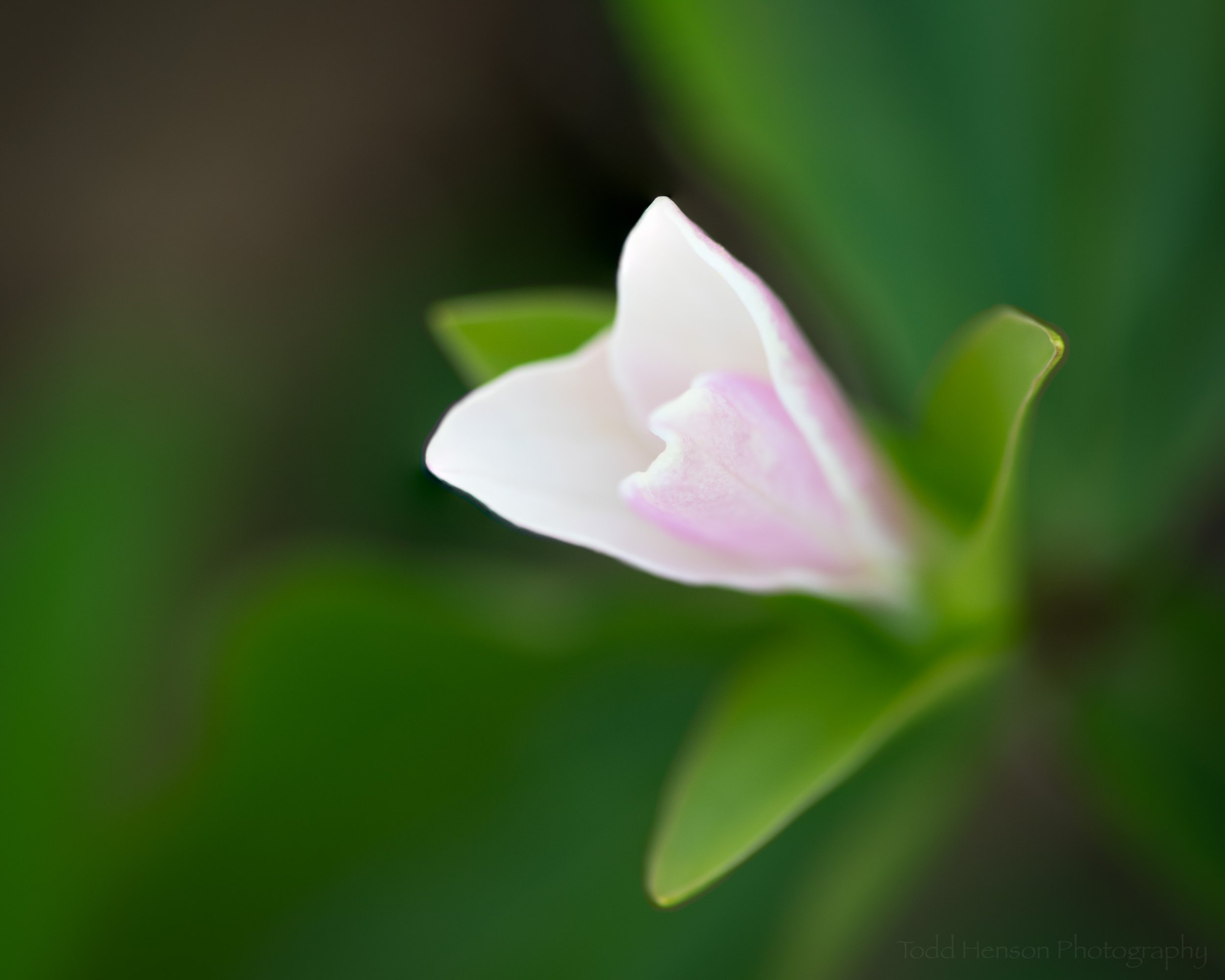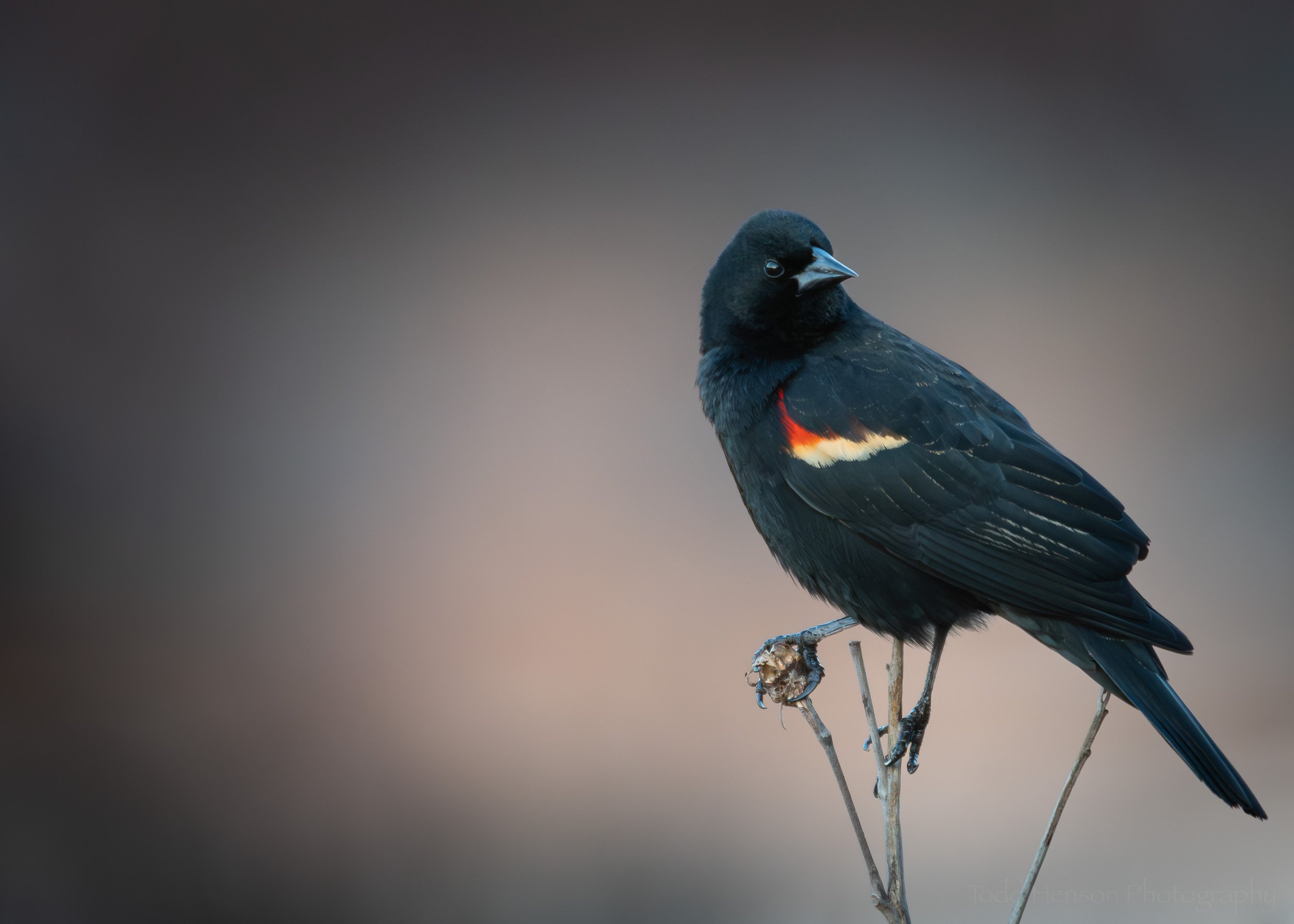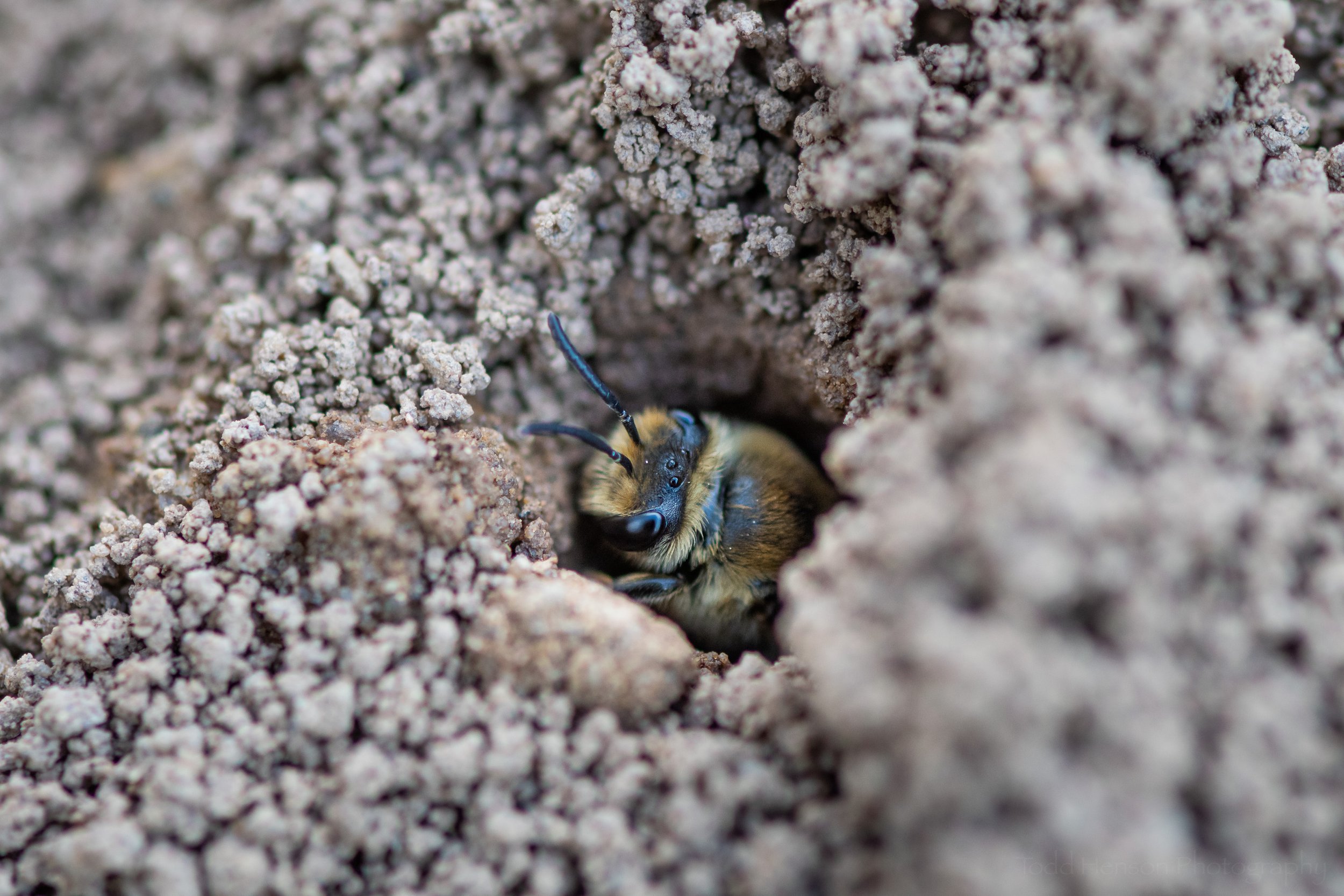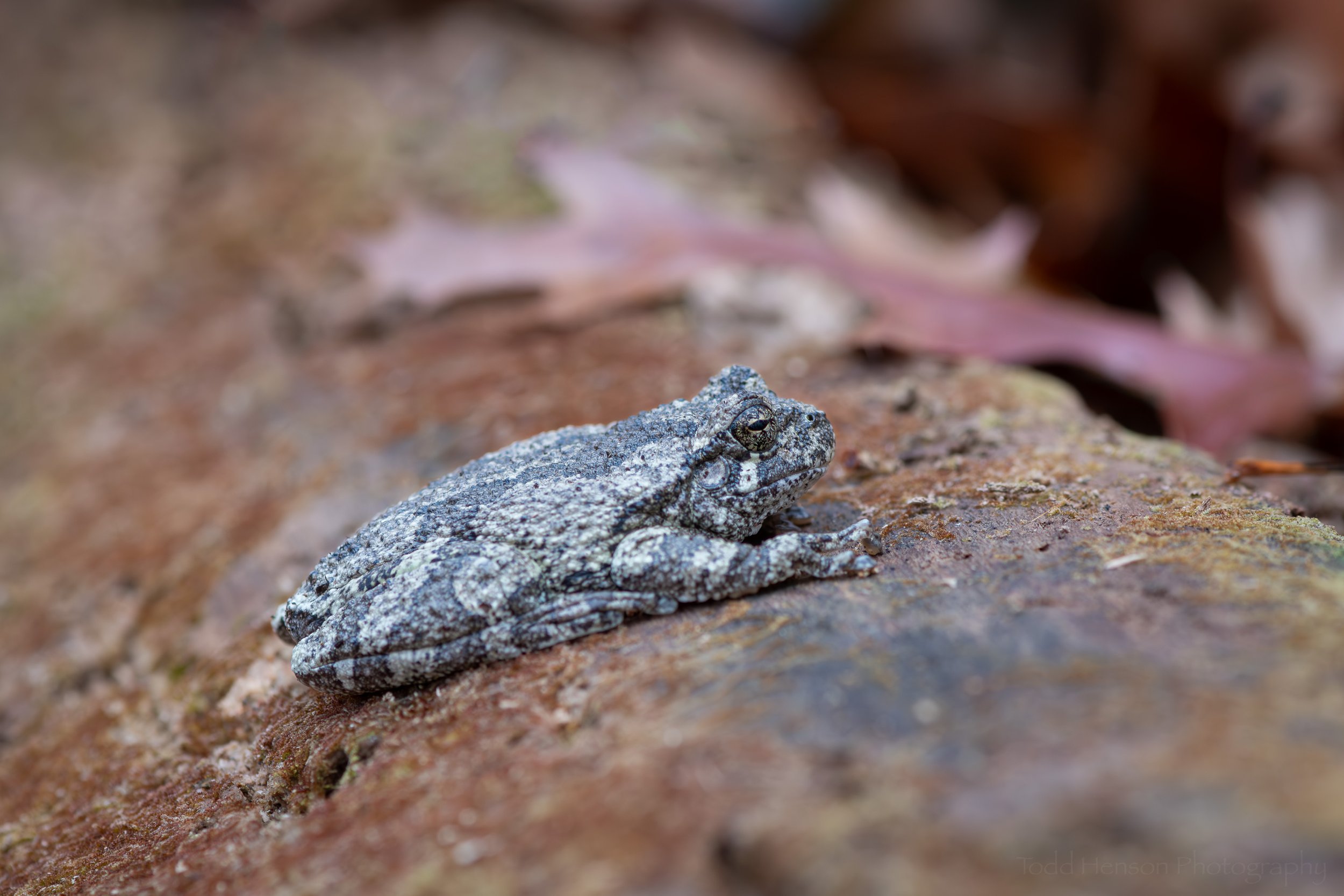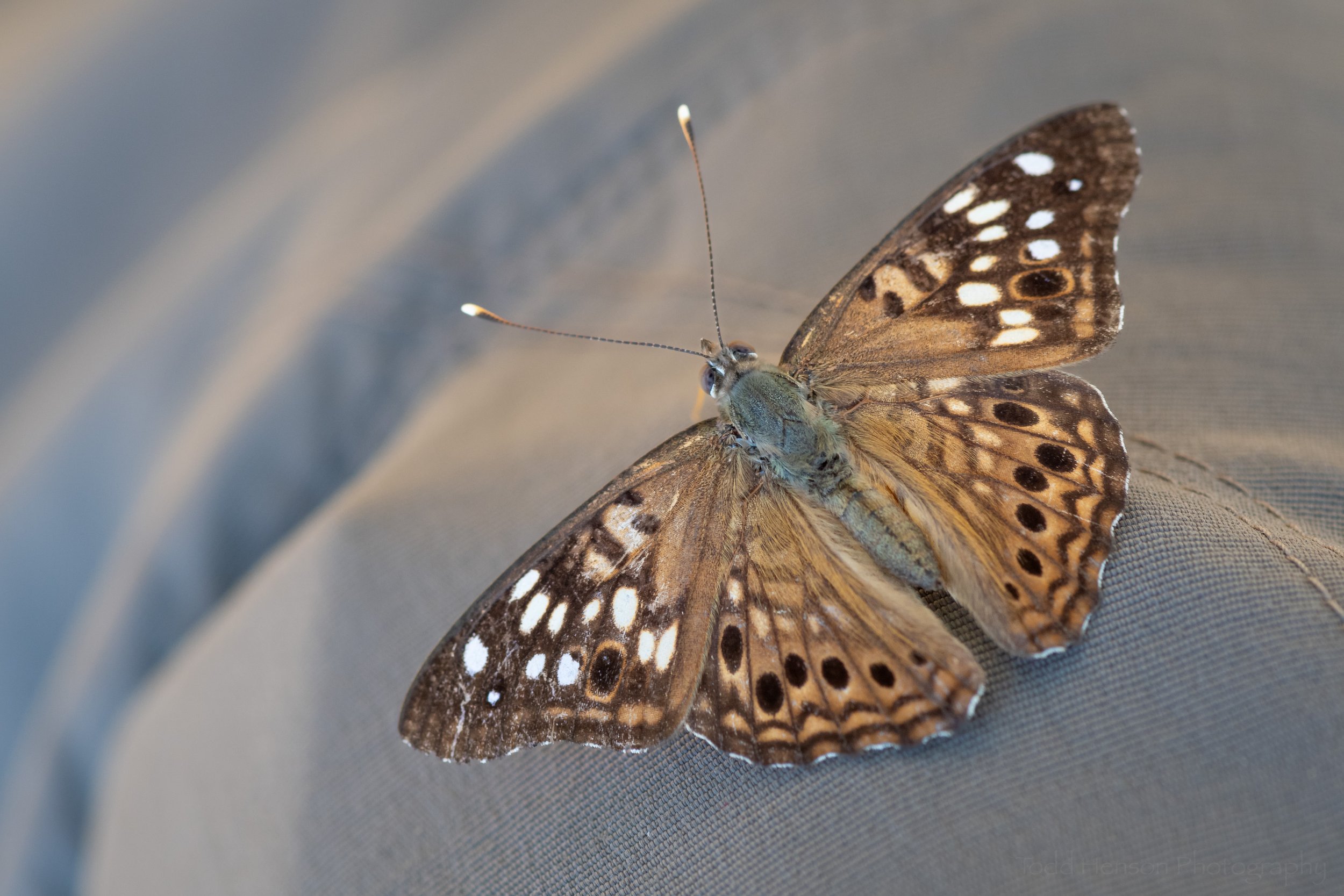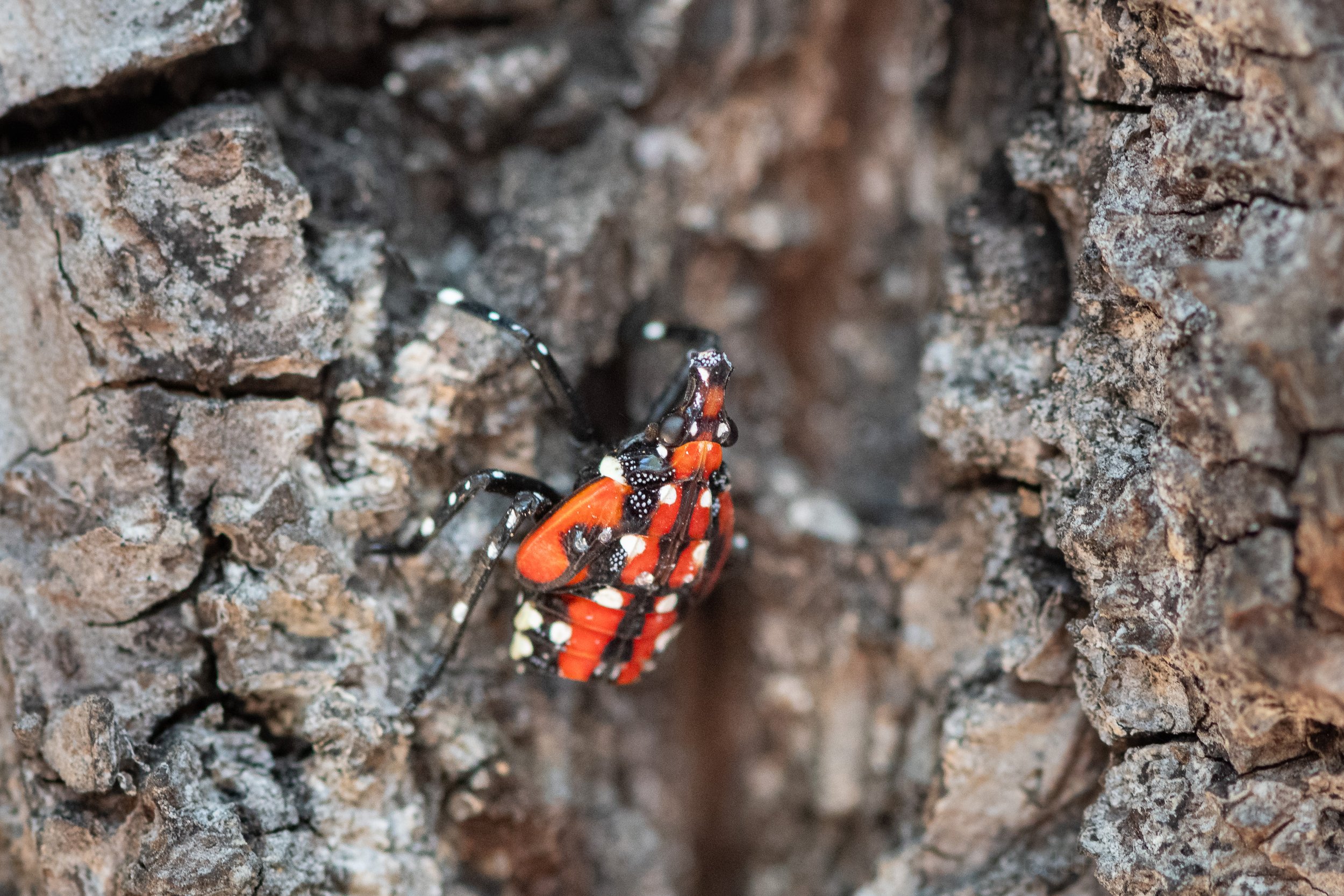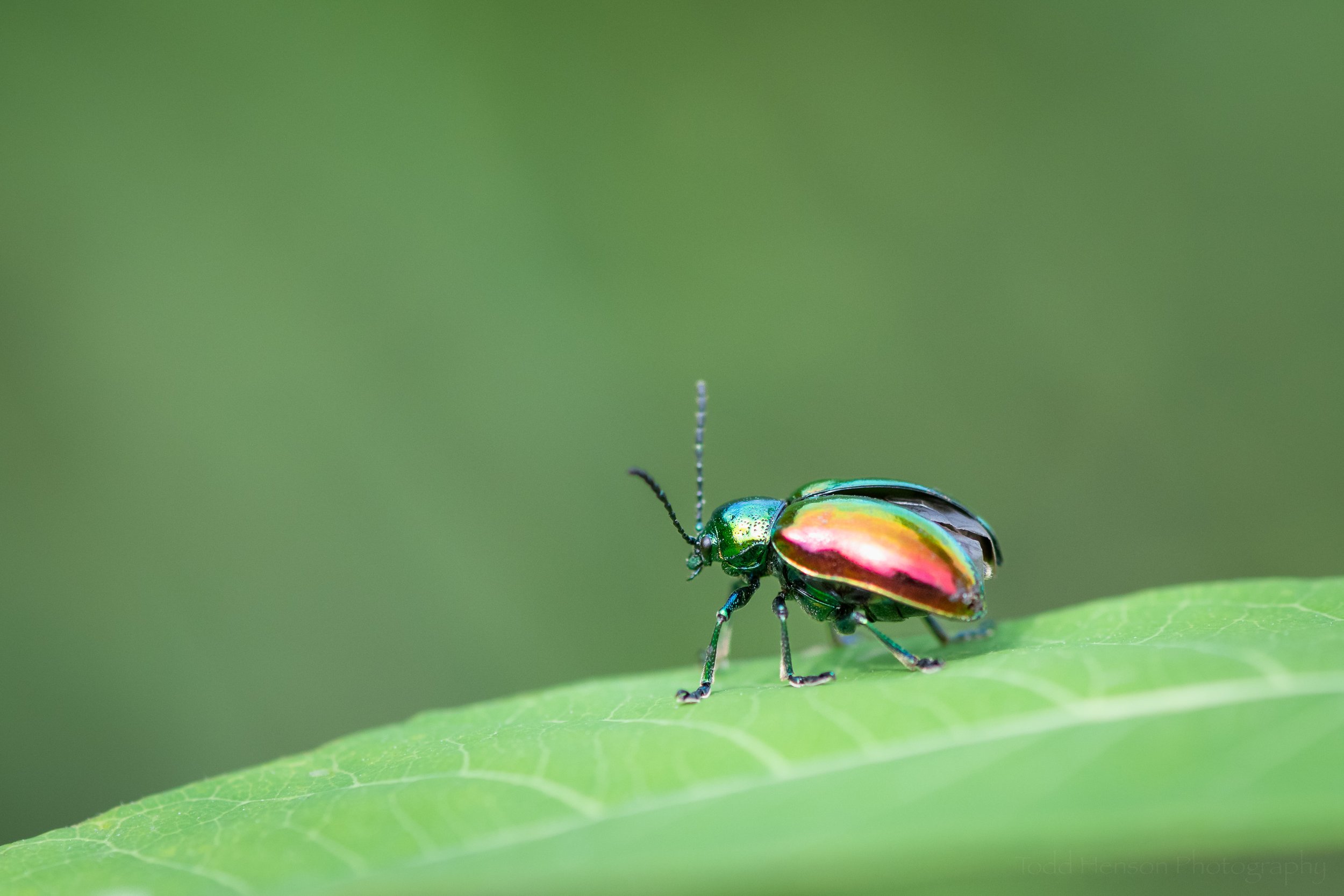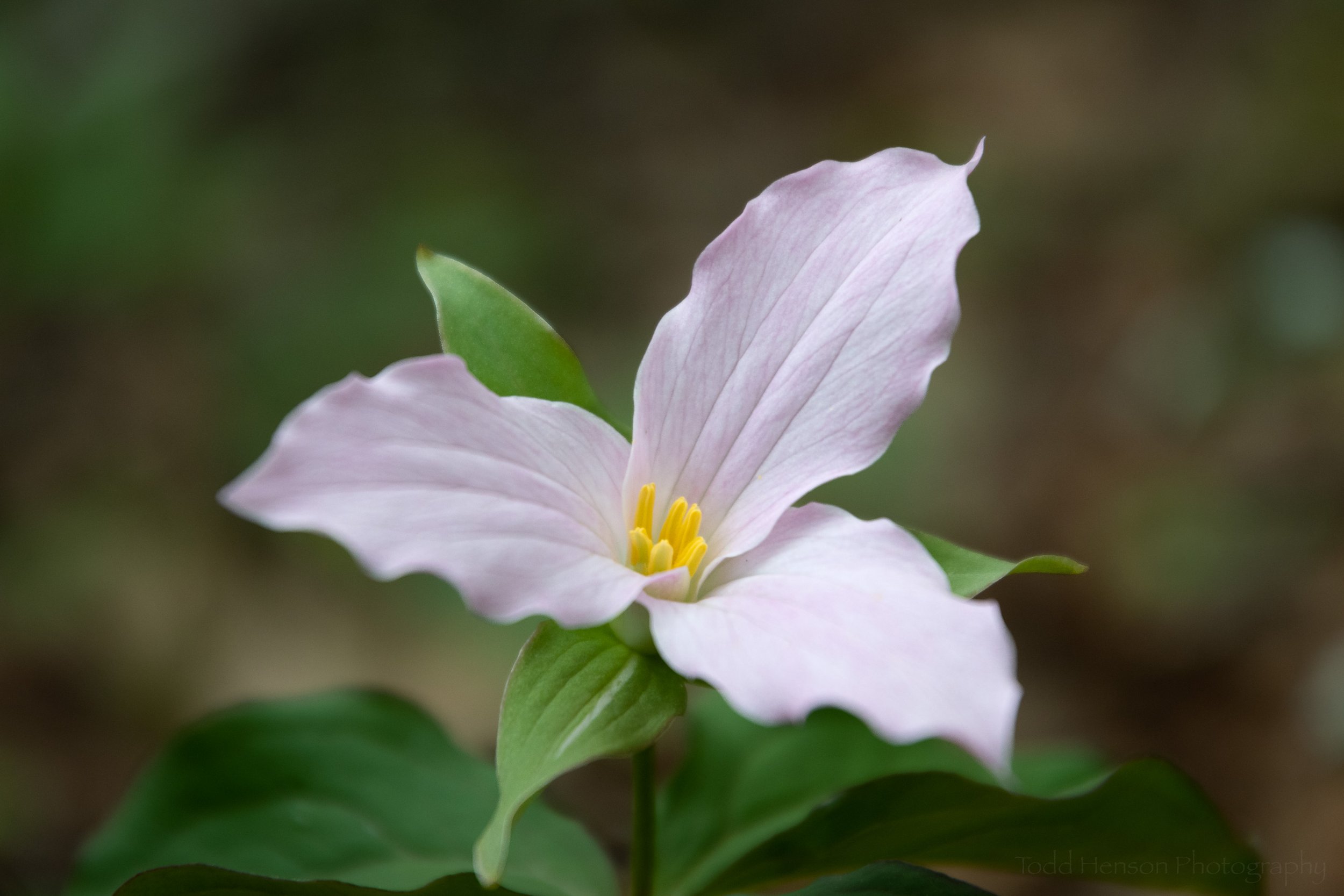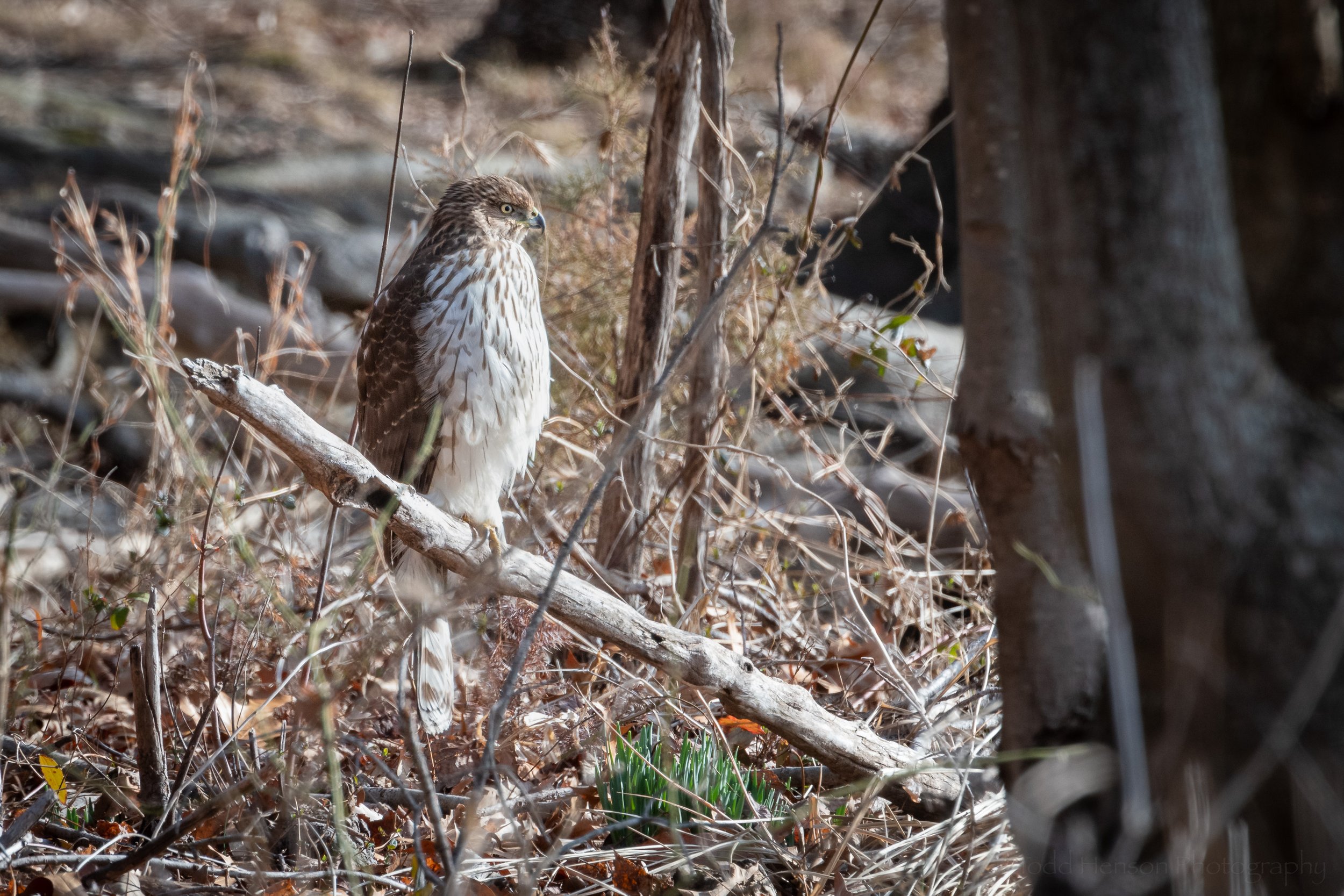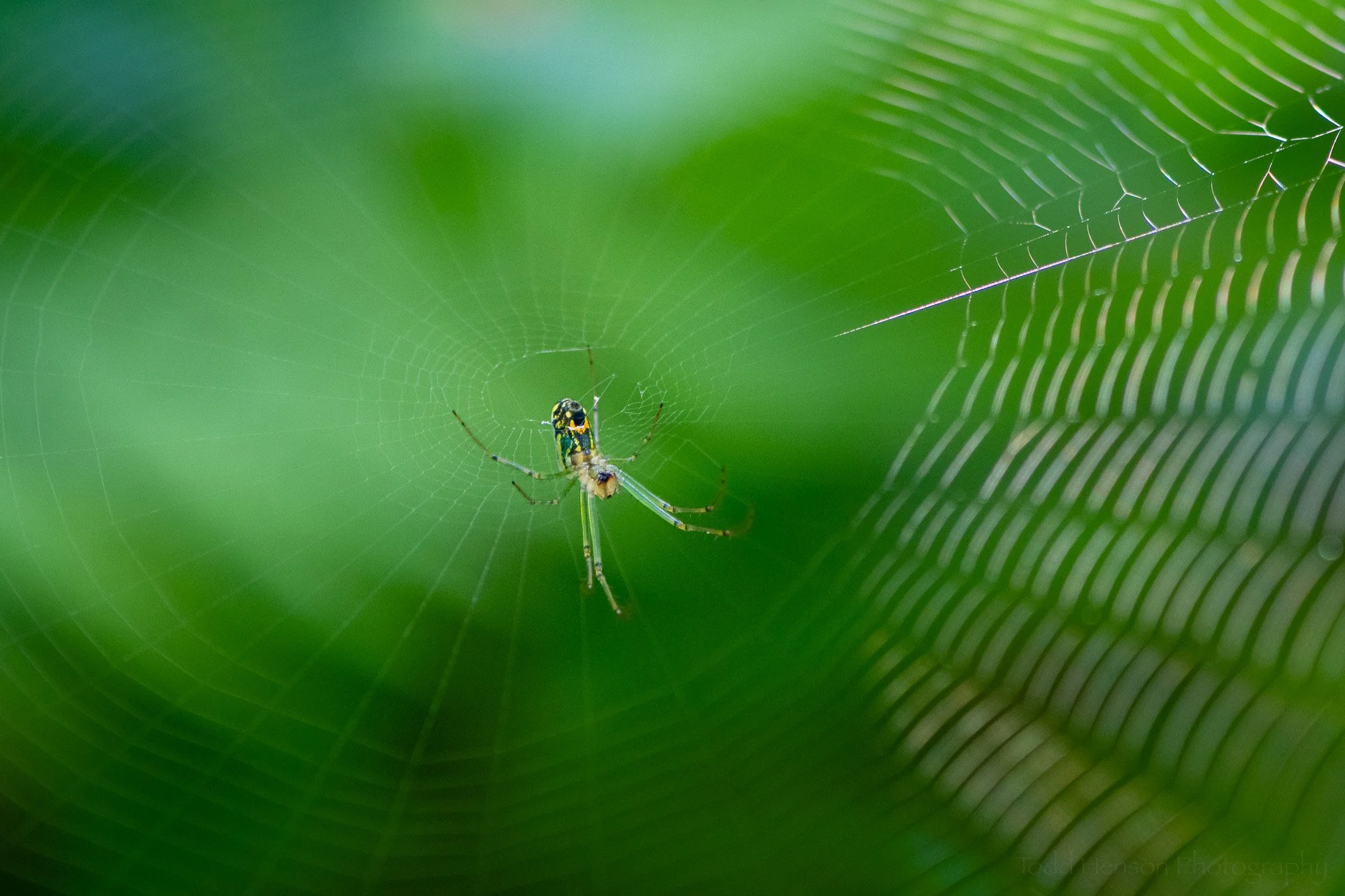Obscura is an Inverted Worlds image born of inverting a photograph on itself in various ways and seeing what happens. For these images I don’t feel any need to retain any semblance of reality, though in some of them I do. This one is more abstract than many of the others I’ve done, beginning as clouds in the sky and turning into whatever it is this has turned into.
Do you enjoy these posts?
Sign up to receive periodic emails with updates and thoughts. Don’t worry, I won’t spam you. And please consider purchasing artwork or products from my online store, and using my affiliate links in the sidebar to the right when shopping online.
I appreciate your support!
More to Explore


